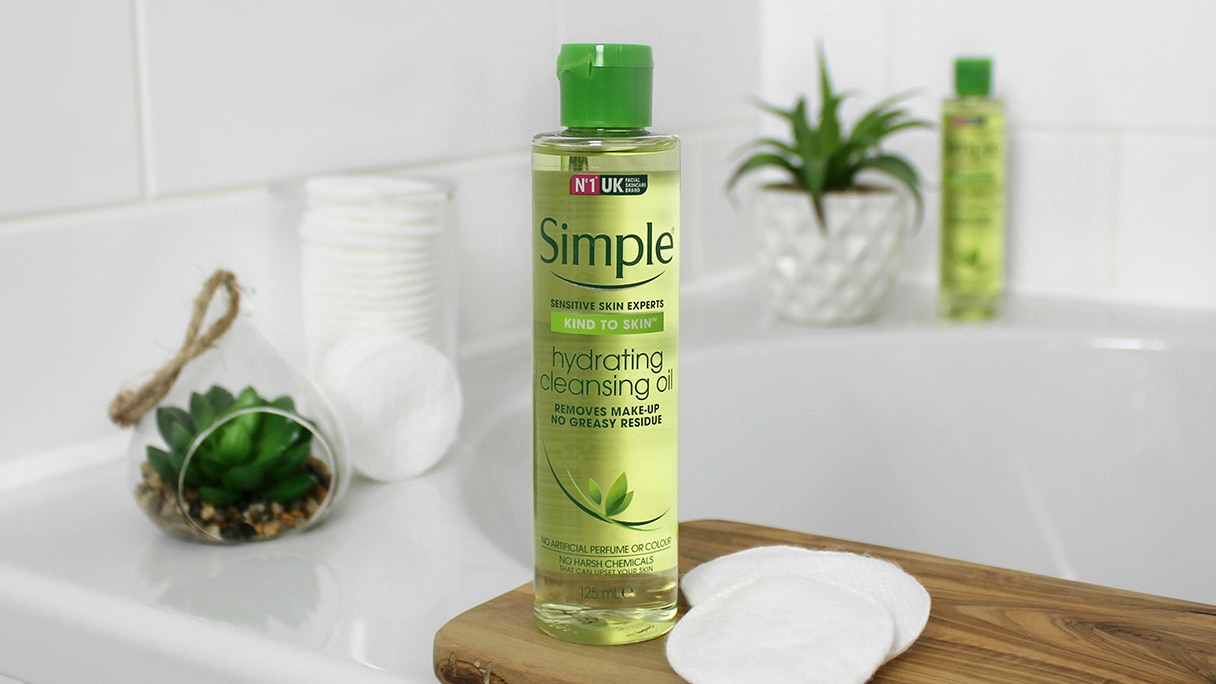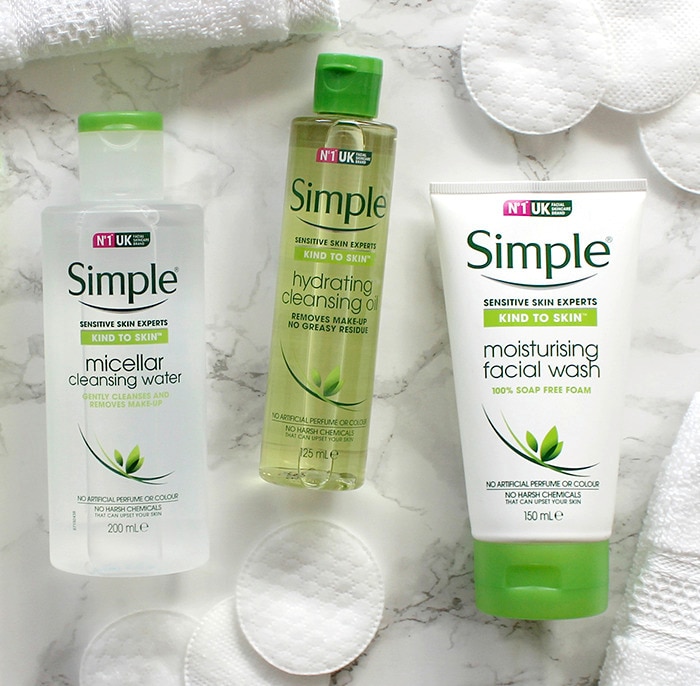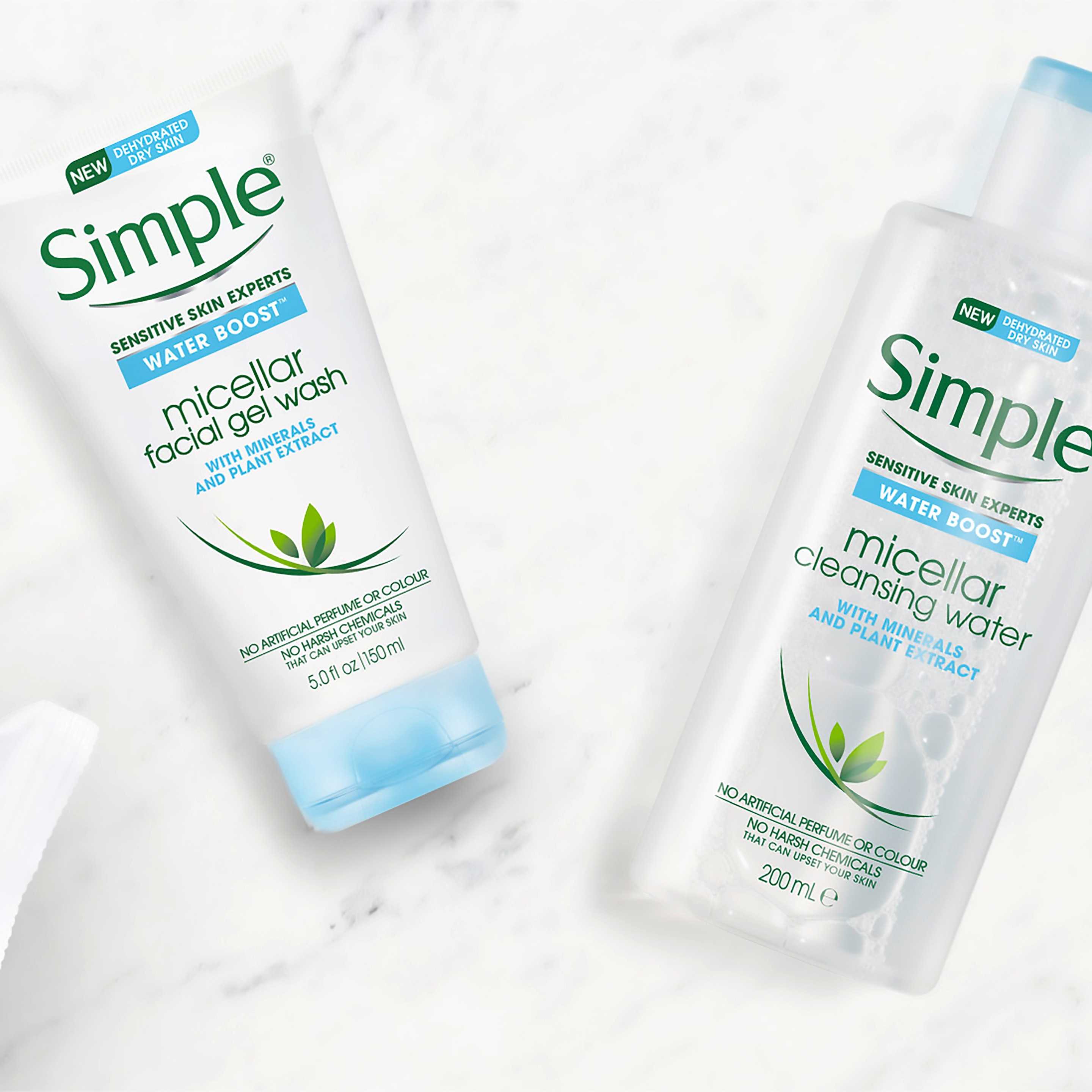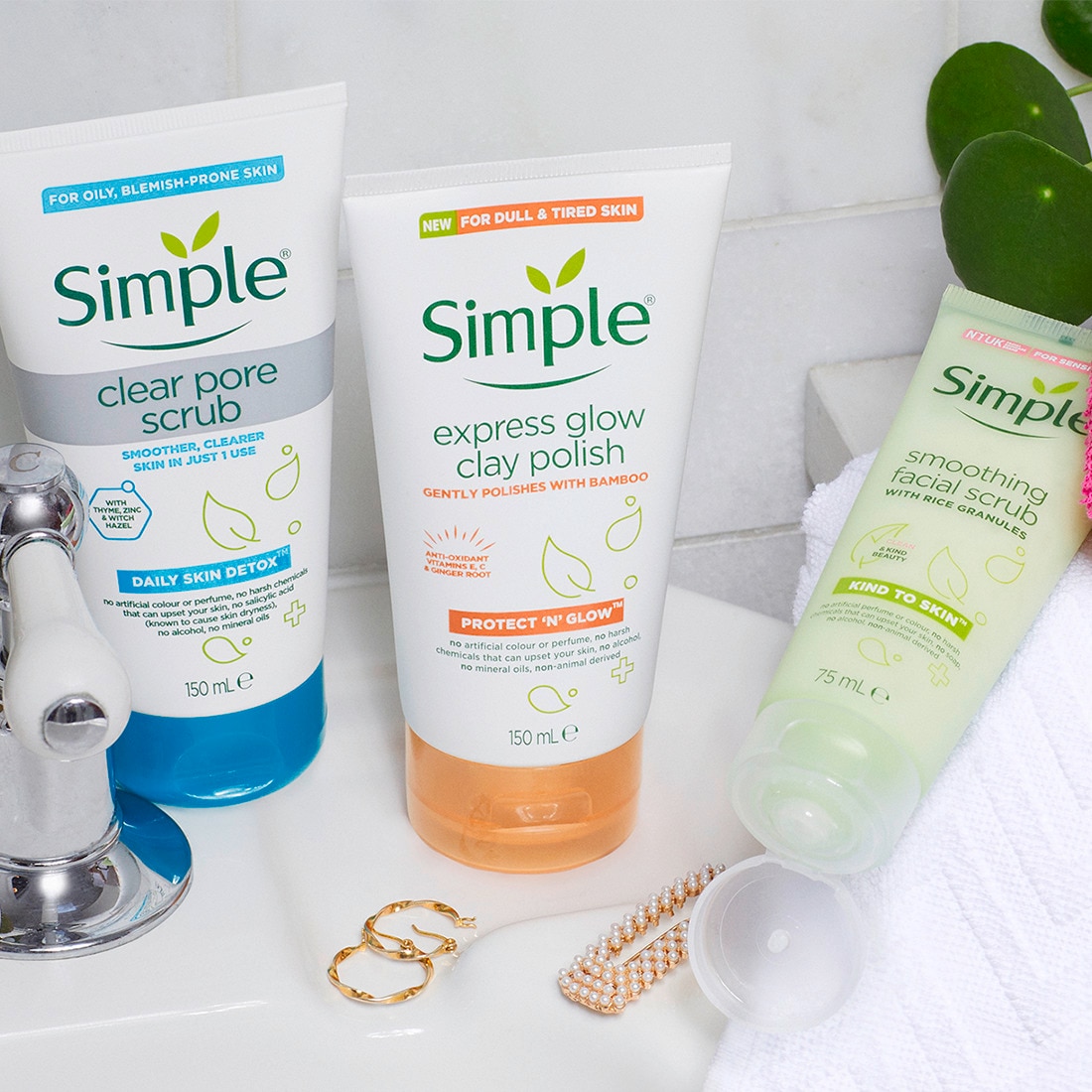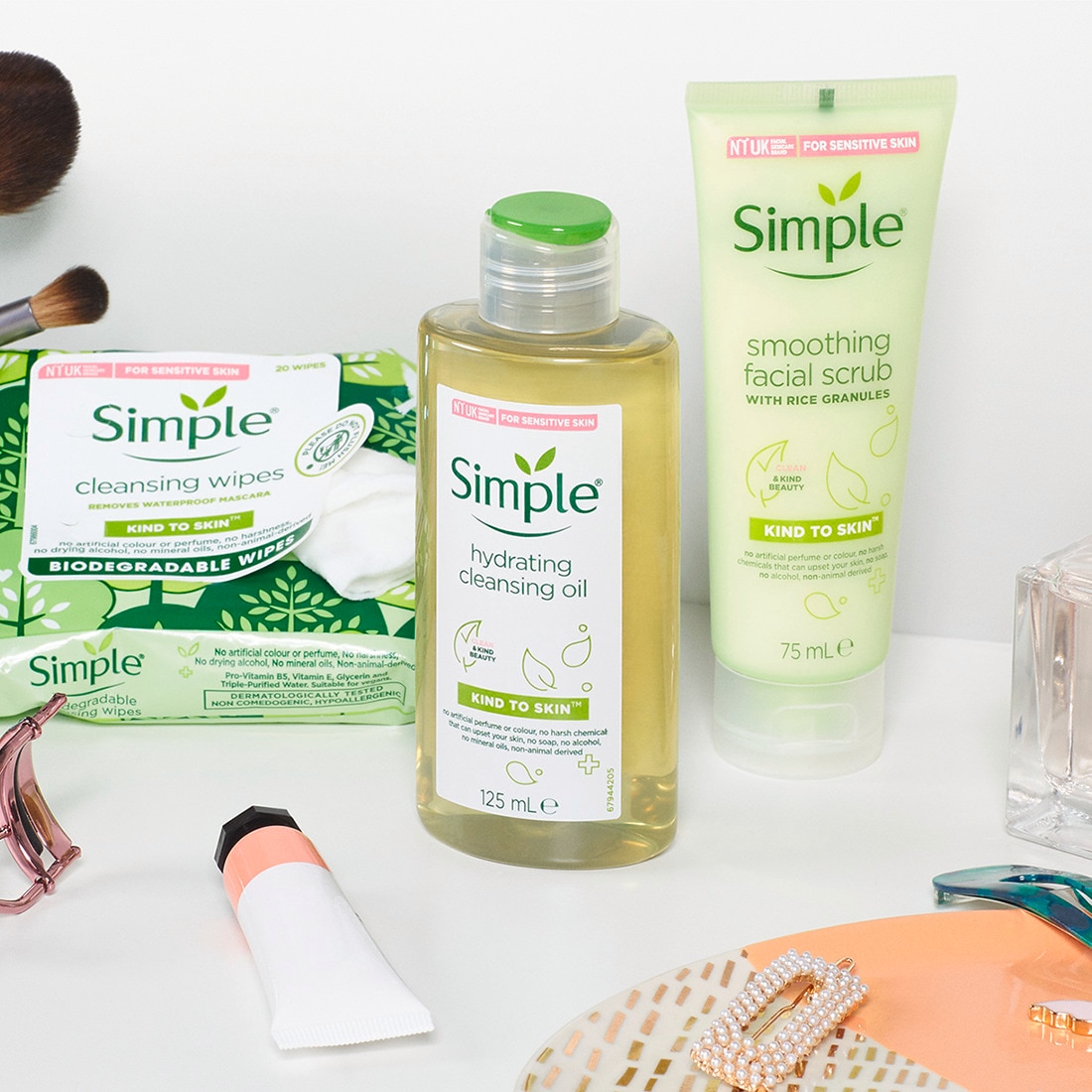How to Identify Your Skin Type
What’s your skin type? Ah, that elusive question. It can feel like a complex, and often confusing, quest – but solving it is the skincare Holy Grail. So, here’s the good news: it’s actually not that hard to figure out, once you know what to look for (and sort fact from fiction). Luckily, we can help you with that. Here’s a quick guide to identifying your skin type, so that you’re all set to give it some love.
First thing’s first: let’s debunk some myths. There are actually three skin types – dry, oily, and combination. Other issues, like acne and sensitivity, are conditions that can happen to all skin types, but (thank goodness) they tend to come and go. It’s also entirely possible to have any combination of skin type and condition(s) at any time. Now you know that, you can get to understand your skin type – and the products that suit it – properly.




